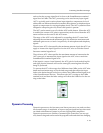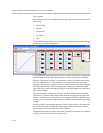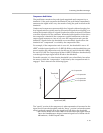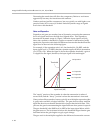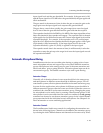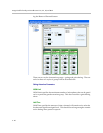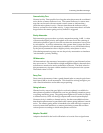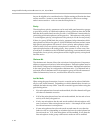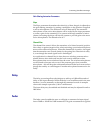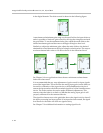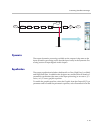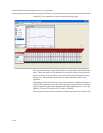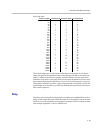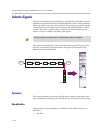
Customizing SoundStructure Designs
5 - 43
Gain Sharing Automixer Parameters
Slope
The Slope parameter determines the selectivity of how the gain is adjusted on
the gain-sharing automixer by setting a multiplier on the gain that is applied
to active microphones. The difference in levels detected by the automatic
microphone on the active microphones will be scaled by the slope parameter
to create a gain for the automixer. For systems with large numbers of micro-
phones, increasing the slope will bias the system to provide gain to the more
active microphones. The default value is 2.
Channel Bias
The channel bias control allows the automixer to be biased towards (positive
bias value) or against (negative bias value) activating a particular microphone
more so than other microphones. When the channel bias is positive, the signal
that the automixer sees is made louder by the gating bias value than it really
is, even though the actual signal level is unchanged.
An application for channel bias is when there are wireless presenter micro-
phones that are also reinforced into the local room in addition to other
microphones that are not reinforced into the room. The wireless microphones
can be biased to become active even if the presenter gets close to another
microphone – this will keep the reinforcement heard in the local room and not
change the tonality as could happen if another microphone became active for
Delay.
Delay
The delay processing allows the designer to add up to 1000 milliseconds of
delay on the input channels. While the delay is set in milliseconds in the user
interface, it can be manually set through the command console in samples
where each sample represents 1/48 of a millisecond.
The input delay may be enabled and disabled and may be adjusted from 0 to
1000 msec.
Fader
The fader control enables the user to add gain or attenuate the input signal
from +20 dB to -100 dB in 0.1 dB increments. This gain or attenuation is applied



